Traveling Saleslady
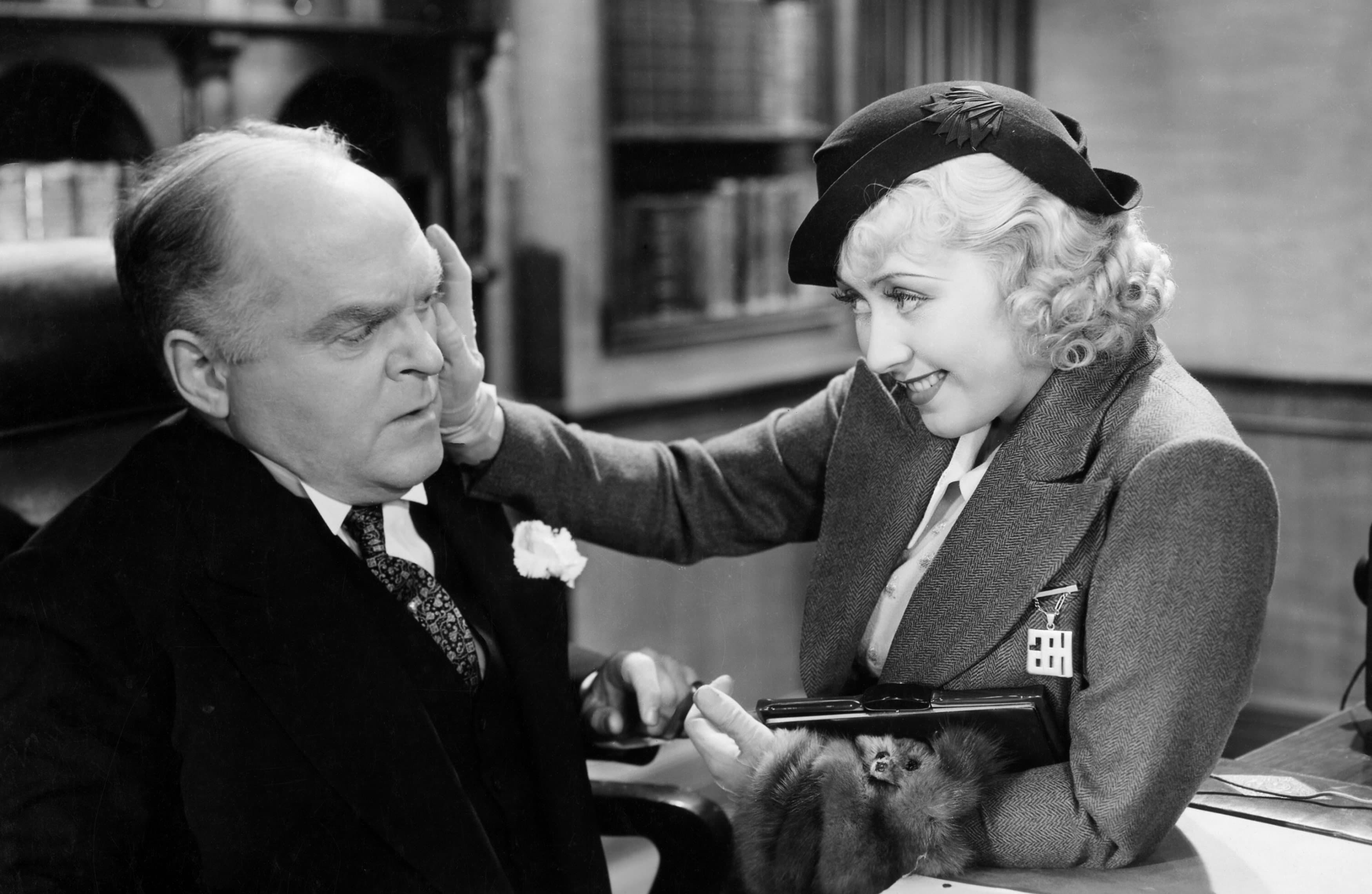
Brief Synopsis
Cast & Crew
Ray Enright
Joan Blondell
Glenda Farrell
William Gargan
Hugh Herbert
Grant Mitchell
Film Details
Technical Specs

Synopsis
Angela Twitchell, daughter of Rufus Twitchell, the founder of Twitchell's Toothpaste, wants to work for the New York company, but her father is convinced that women have no place in business. Twitchell's is losing sales to rival Schmidts' Kleen-Wite, but Rufus is too old-fashioned to mount a full-fledged advertising campaign or to listen to any new ideas. Angela tries once more to help her father by bringing him an idea for cocktail flavored toothpaste, and when he refuses to listen, she takes the idea to Schmidt. He loves the idea and hires her under an assumed name to sell the product. Her first customer, Claudette Ruggles, the head of a chain of drugstores, is committed to Twitchell's because she is in love with Twitchell salesman Pat O'Connor. Angela finds Pat attractive, too, but only after business hours. On the road, she plans to outsell him. When she suspects that he is taking an early train in order to make a sale on board, she boards the train and beats him to the customer. Despite their professional competition, they fall in love, but Pat still does not know Angela's true identity. Back in New York, Pat and Rufus plan their strategy for the upcoming Chicago druggists' convention, but once again, Angela uses every tactic to steal sales away from Twitchell's. Pat accuses her of unethical behavior and refuses to see her again. Rufus and Schmidt discuss a merger, but plans are stalled until Angela, her secret revealed, reminds them that she owns the rights to Cocktail Toothpaste and will only turn them over to a merged company. That settled, she makes up with Pat.

Director
Ray Enright
Cast

Joan Blondell

Glenda Farrell
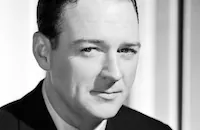
William Gargan
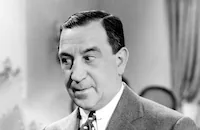
Hugh Herbert
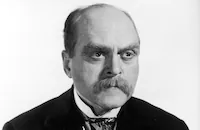
Grant Mitchell
Al Shean
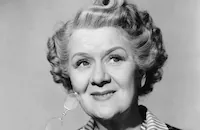
Ruth Donnelly
Johnny Arthur
Bert Roach
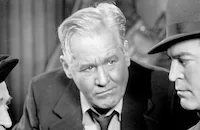
Joseph Crehan
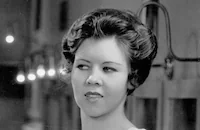
Mary Treen
James Donlan
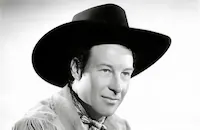
Gordon Elliott
Carroll Nye
Harry Holman
Selmer Jackson
Milton Kibbee
Bill Ray
Frances Lee
Gertrude Sutton
Glen Cavender
Leo White
Ferdinand Schumann-heink
Olaf Hytten
Eddie Shubert
Olive Jones
Nick Copeland
Charlotte Sullivan
Harvey Clark
Harry Seymour

Hattie Mcdaniel
Crew
George Barnes
Sam Bischoff
Frank Howard Clark
Leo F. Forbstein
Anton Grot
Arthur Gruenberger
F. Hugh Herbert
Frank Keeson
Gene Lewis
Owen Marks
Orry-kelly
Benny Rubin
Manuel Seff

Videos
Movie Clip


Trailer
Hosted Intro
Film Details
Technical Specs

Articles
Traveling Saleslady (1935) - Traveling Saleslady
Blondell stars as the rebellious daughter of a toothpaste manufacturer. When daddy (Grant Mitchell) refuses to give her a place in a business world he considers exclusively masculine, she launches her own product, marketing a toothpaste that sounds just like its name, "Cocktail Toothpaste." Along the way, she falls for her father's top salesman (William Gargan), but can't reveal her real identity while she's out-selling him.
Blondell made over 50 films during her nine years at Warner Bros., where she had arrived with James Cagney to co-star in Sinners' Holiday (1930), the film version of their stage hit Penny Arcade. Because she never went to battle with studio head Jack Warner, as Cagney and such other studio stars as Humphrey Bogart and Bette Davis did, she never got the strong roles her talents deserved. Instead, she was a studio workhorse, churning out films back to back and playing both leading and supporting roles. She made ten pictures in her first full year at Warner Bros. in 1931. In 1935, the year of Traveling Saleslady, she only made five movies, as she had the year before, partly because of the birth of her first child in November 1934. Traveling Saleslady marked her return to acting after maternity leave, and her attentive husband, George Barnes, was present on the set as he was also the film's cinematographer.
Though Blondell rarely got the best roles at Warner's, the studio's management at least appreciated her beauty enough to try out a new camera on this film. The result was a clearer foreground rendering and a stronger depth of field than on previous films. With critics raving about how wonderful she looked in Traveling Saleslady, the studio adopted the new camera for all future films.
Blondell's leading man, Gargan, was a member of what was unofficially dubbed the "Irish Mafia," a group of Irish-born actors including James Cagney and Pat O'Brien who worked steadily in Hollywood in the '30s. Despite his good looks and breezy personality, he never caught on with fans, partly because he never scored the kind of major studio backing that had made stars of some of his friends. Still, he won good reviews re-creating his Broadway role as the boxer-turned-butler in Philip Barry's The Animal Kingdom (1932) and scored an Oscar® nomination as Joe, the cowboy whose picture Charles Laughton uses to romance mail-order bride Carole Lombard in They Knew What They Wanted (1940). Gargan lost his best job offer when he signed with Warner Bros. - the chance to play gangster Duke Mantee in The Petrified Forest on Broadway opposite his Animal Kingdom co-star Leslie Howard. Ironically, though Warners' put him in mostly programmers, the actor who got to play Mantee, Bogart, eventually became one of the studio's stop stars. After a year of films like Traveling Saleslady, Gargan complained so much about his situation that the studio released him from his contract.
Fleshing out the cast of Traveling Saleslady were some of the most reliable members of the Warner Bros. stock company, including tough blonde Glenda Farrell as a department store buyer with a soft spot for Gargan, Grant Mitchell as Blondell's father and Ruth Donnelly as her mother. The former bootlegger who invents Cocktail Toothpaste was played by Hugh Herbert, a playwright turned actor whose raised eyebrows, patty cake gesture and signature "Woo Woo," were a studio mainstay and an eventual inspiration for the character Daffy Duck.
Traveling Saleslady received decent reviews, though most critics noted its similarity to other career woman films from Warner Bros. Variety called it a "[s]nappy comedy with plenty of laughs in the dialog and a light plot played for full value by the Warner stock cast," but then confused actor Herbert and screenwriter F. Hugh Herbert (to be fair, the actor had done his share of writing for Broadway and Hollywood). Andre Sennwald of the New York Times, however, thought it inferior to the now-lost Convention City and found it "diverting enough in a rather familiar way."
Producer: Samuel Bischoff
Director: Ray Enright
Screenplay: F. Hugh Herbert, Manuel Seff, Benny Rubin
Based on a story by Frank Howard Clark
Cinematography: George Barnes
Art Direction: Anton Grot, Arthur Gruenberger
Score: Leo F. Forbstein
Costumes by Orry-Kelly
Cast: Joan Blondell (Angela Twitchell), William Gargan (Pat O'Connor), Glenda Farrell (Claudette Ruggles), Hugh Herbert (Elmer Niles), Grant Mitchell (Rufus K. Twitchell), Ruth Donnelly (Millicent Twitchell), Al Shean (Schmidt), Mary Treen (Miss Wells), Bert Roach (Harry), Joseph Crehan (Murdock), Bill Elliott (Freddie), Milton Kibbee (Stenographer), Hattie McDaniel (Black Woman).
BW-64m.
by Frank Miller

Traveling Saleslady (1935) - Traveling Saleslady
Quotes
Trivia
Notes
Variety notes that the film was photographed with a new type of camera developed by Warner Bros., which resulted in greater definition of players against the background and a greater depth of field. Joan Blondell was married to photographer George Barnes at the time of filming.
















